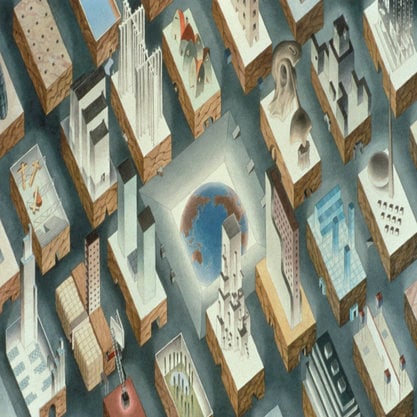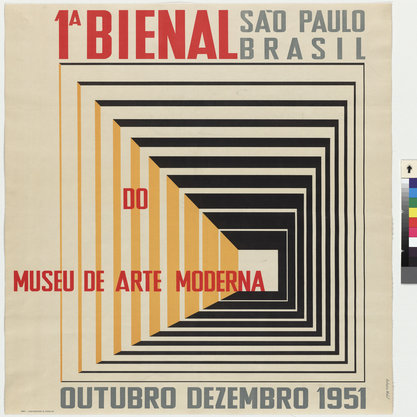Article
Le Corbusier (1887–1965) By Sequeira, Marta
Article
Le Corbusier was a Swiss architect and urbanist who acquired French nationality in 1930, having set up his studio (“the atelier for patient research”) in that country. Just as he assumed an unconditional continuity in relation to the past, he also clearly confronted the circumstances of his time. Many of his works became icons of Modernism, like the Villa Savoye (1928), the Marseilles Housing Unit (1945), the Ronchamp Chapel (1950), the Convent of Sainte-Marie de la Tourette (1953) and the Chandigarh Capitol Complex (1950–1955), to mention just a few examples. His architecture reflected the development of a modern industrialized economy, a Western avant-garde culture and a vibrant political and social context. He made a mark not only with his constructed work, but also with designs that were never built (and which were progressive in character), his painting (which reflected his experimentalist nature) and with his theoretical texts, which today bear witness to his modernist doctrine. Le Corbusier was above all one of the most prolific thinkers of Modernism, and one of the greatest cultural figures of the 20th century.



